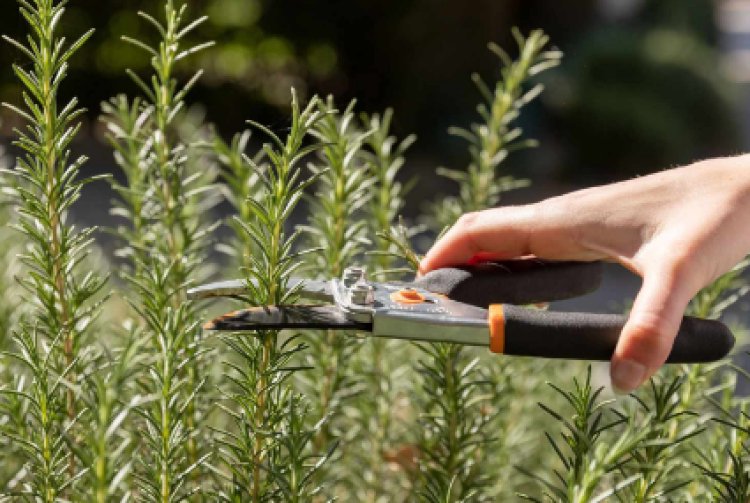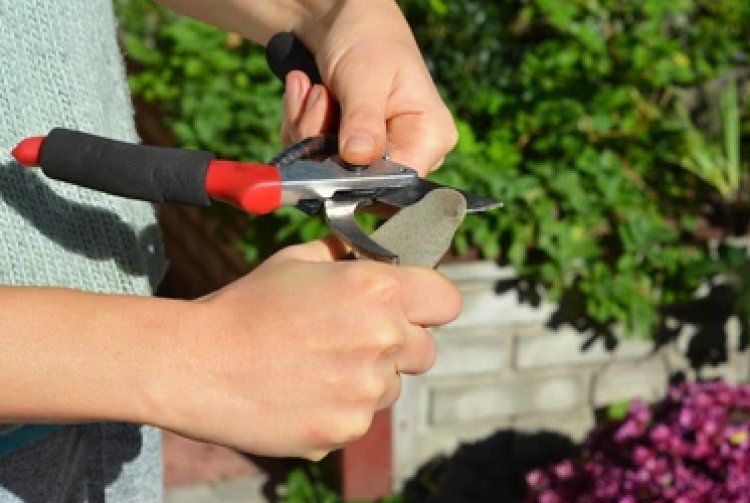Why Pruning Vegetables And Plants Is Important
Every farmer should practice plant pruning since it encourages the vegetables and herbs to continue growing healthily.

Pruning increases plant production and keeps your garden in good condition, as the plants will continue to grow if the additional growth, leaves, and flowers are removed. This article will help you learn how to keep your food garden in great shape using good pruning habits and skills.
Tools needed for pruning
Pruning a young plant may only require your hands or thinning shears, but if the plant is too large for your fingers, the appropriate equipment will be helpful. The following is a list of pruning equipment you should consider;
Hand pruners: These are typically employed for thinning plant stems and other small portions. It can be applied to plant portions with a diameter of less than 12 inch.
Scissors: You can cut medium-sized stems and thick roots using scissors, your plants can be pruned with any standard pair of scissor.

Thinning shears: Thinning shears are used to cut delicate plants, vegetables, herbs, or flowers. They resemble little scissors. Although the blades are short, you can still make a clean cut.
Loppers: Loppers are excellent for cutting branches that are more than two inches thick. Lopper's blades are thicker, which makes it perfect for pruning plants with larger portions.
Difference between pruning and pinching
The primary distinction between pruning and pinching is the technique used to remove excess growth. Pruning involves the use of scissors or pruners to cut away the sections of the plant that cannot be removed by hand whereas, pinching is done with the hands when the plant is still young and tender.

Benefits of pruning your plants
Optimum growth for plants - As a plant matures, it typically becomes bigger and will occupy more room in your gardens than is ideal. It can overshadow and deplete the resources of other plants in your gardens. To maintain a plant's growth in a certain way without interfering with the growth of other plants, regular pruning is advised.
Increased output - Harvesting results in increased yields for gardeners thus pruning undesirable plant growth boosts yield and the plant's capacity to produce more crops.
It makes plants healthier - Regular pruning keeps other sections of the plant from becoming affected and aids in early disease detection. The removal of dead plant tissue keeps other healthy tissues from contracting an infection.
It enhances circulation of air and light - Regular pruning improves air and sunlight flow. The growth of plants can be hampered and their ability to breathe made difficult by an abundance of overcharging branches.
Pruning Techniques

Pruning can take many various forms, including thinning, topping, elevating, and reduction. Here are the different types of pruning that you can employ in your garden;
Thinning – In thinning a branch is cut off from its main stem, this process enables controlled plant growth and light penetration.
Topping - This extreme procedure eliminates the majority of the branches all the way to the trunk. It is often used in young trees to point them into growing to a certain direction.
Raising - This entails pruning low-hanging branches to make space for entryways, parked cars, and pedestrians.
Reduction - This is reducing a tree's size, usually for safety reasons like making room for electricity lines.


























